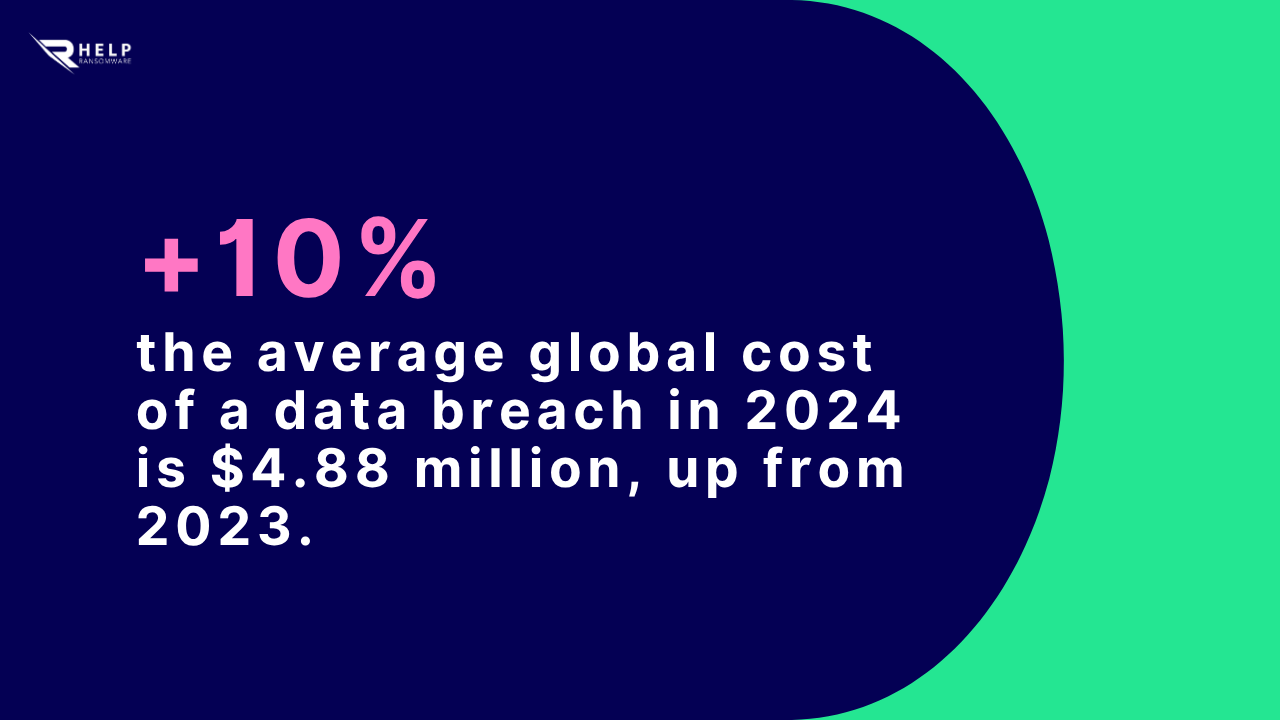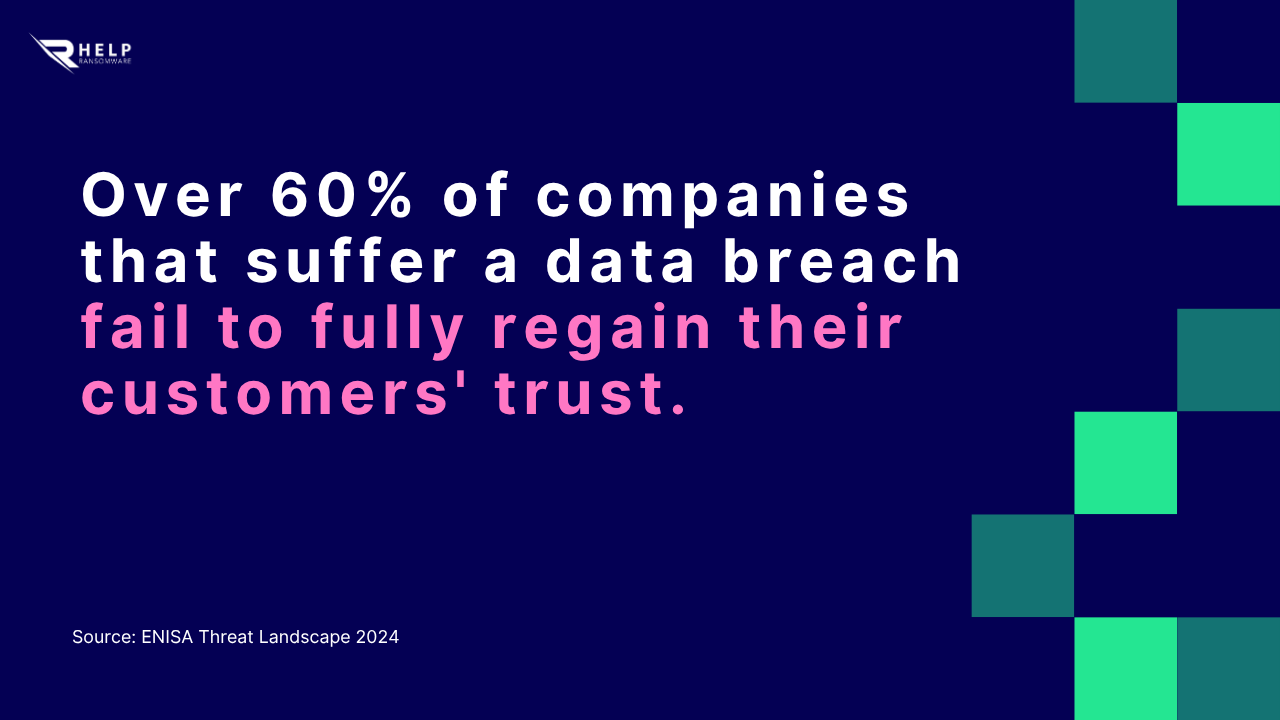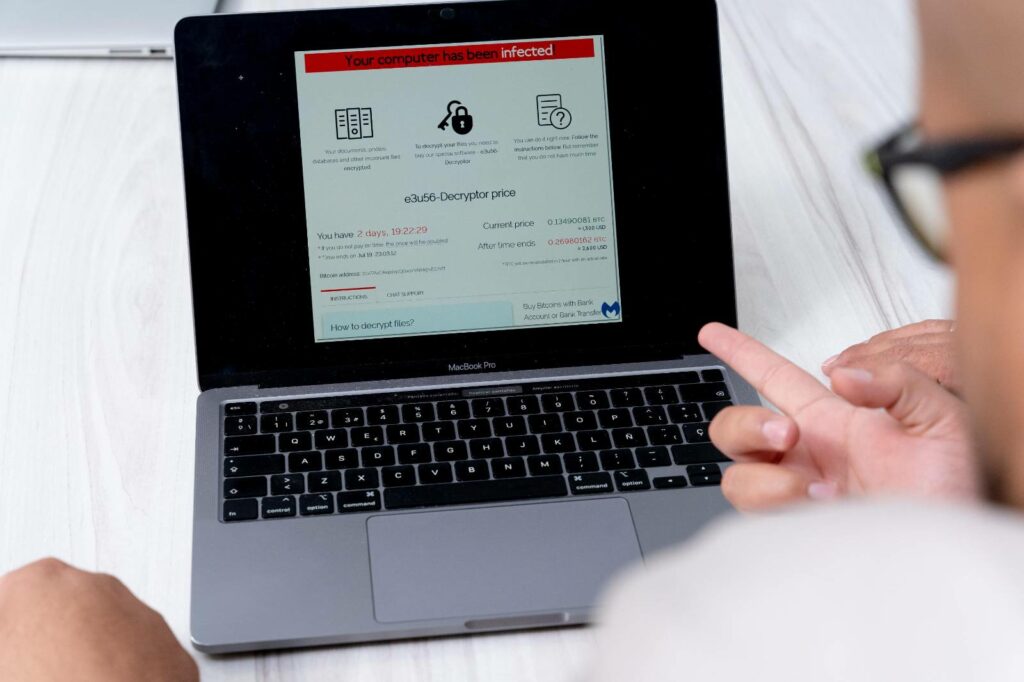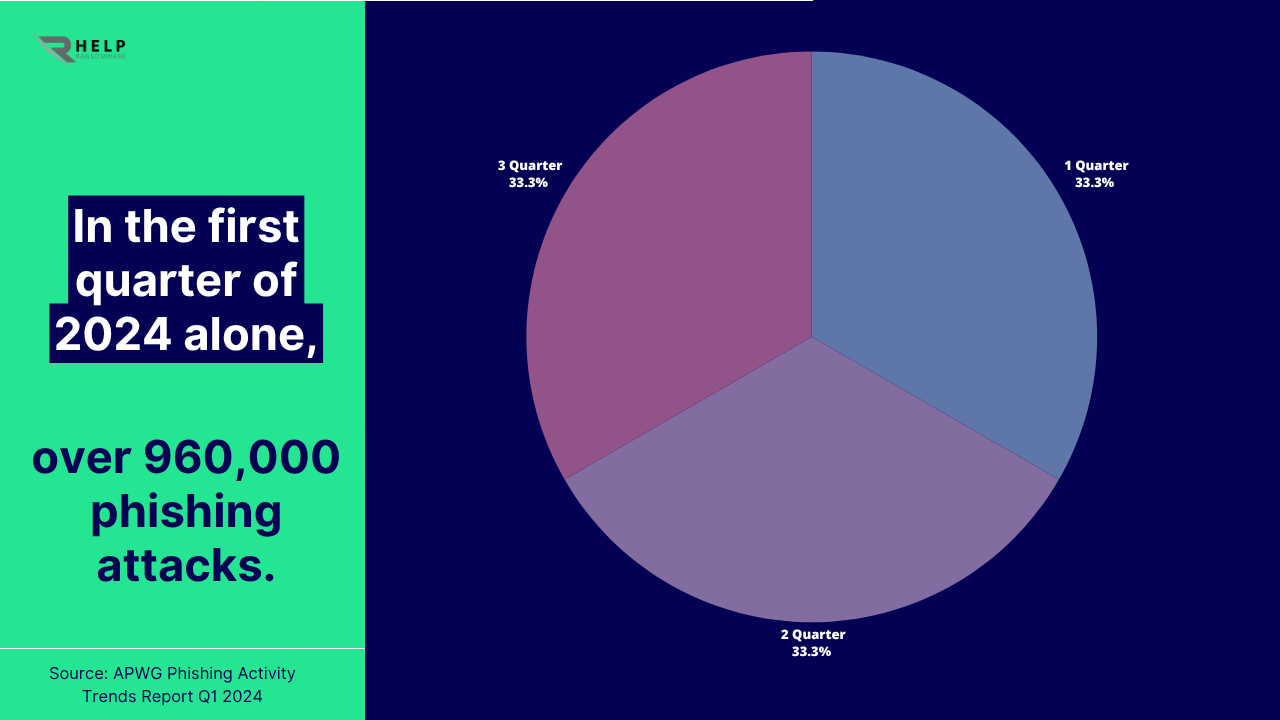Data breaches are one of the most serious threats a modern business can face. They’re not just about the loss of files, but information being stolen, distributed, and sold in clandestine networks. What makes the situation even more alarming is that, by the time a breach emerges, the damage is already partially done.
ENISA‘s NIS Investments 2024 report, the average cost of a data breach in Europe is estimated at €4.4 million, with Italy positioned around €4.3 million. In parallel, IBM’s Cost of a Data Breach Report 2025 confirms that breaches remain costly globally, requiring significant investments in recovery, mitigation, and communications.

Data: the invisible treasure everyone is looking for
Every business, whether multinational or small and medium-sized, safeguards an invisible asset: data. These include customer credit card numbers, signed contracts, projects under development, and employee pay slips. These aren’t neutral files, but information that represents the very life of the company.
For a cybercriminal, that data is incredibly valuable. Not only because it can be used directly to commit fraud, but also because it’s a raw material that fuels an entire illegal ecosystem. A customer directory, for example, can be used to launch credible phishing campaigns. A valid VPN connection allows them to navigate the network and pave the way for ransomware.
The Dark Web is the meeting point of this parallel economy. Here, data no longer has any meaning for the company that lost it; it simply becomes a commodity. Criminals catalog it, advertise it, and resell it, as easily as buying a pair of shoes on an e-commerce site.
ENISA Threat Landscape 2024 report outlines how data leaks are one of the primary threats observed in Europe, being among the main vectors used by criminal groups and state actors.

Immediate Ransomware Help
Don’t let ransomware hold your business hostage. Our experts are ready to recover your data and secure your systems.
How much is company data really worth?
When data leaves the company, it enters a circuit where credentials, databases, and sensitive information become “products” with a price. In this context, the true price on the black market often doesn’t reflect the economic and strategic impact that data has on the legitimate organization.
The most surprising part is not that the data is sold, but how little it is paid for compared to the damage it can cause.
A report by Trustwave shows that basic personal data, such as name and address, is sold for less than $15. The Dark Web Pricing Report 2025 reveals that high-privileged VPN access can reach $5,000, while corporate email credentials rarely exceed $50.
It wasn’t always this way. A few years ago, stolen information was worth much more. But growing supply has driven down prices: the more breaches occur, the more the data loses value per unit. It’s the law of supply and demand, applied to an illegal market.
Yet, even if the price on the Dark Web is low, the cost to the affected company can be devastating. Consider that the average cost of a data breach in 2023 was estimated by IBM at $4.45 million globally. This isn’t for the purchase of the data, but for the consequences: recovery, fines, loss of customers.

The invisible chain of a data leak
A data breach doesn’t happen suddenly. It’s a long, silent process.
It all starts with an initial flaw: a phishing email, an outdated vulnerability, a password that’s too simple. Once inside, the attacker doesn’t just steal a single file. They study the network, gather additional credentials, and gain higher privileges.
This phase can last weeks. The company continues to operate, unaware that an uninvited guest is gathering everything needed to bring the business to its knees. Once the data is collected, it is exfiltrated: compressed, encrypted, and uploaded to external servers.
Then comes the final stage: monetization. On the Dark Web, packages are auctioned off, often with specific descriptions: “RDP access to corporate network, healthcare sector, $3,000.” This is when information becomes a commodity.
The consequences: much more than a technical loss
When a company discovers a data breach, the first thought is of the technical loss. But in reality, the real damage is threefold: financial, reputational, and legal.
On the economic level, there are immediate costs: forensic analysis, system restoration, legal consulting. But there are also hidden costs: customers who don’t renew contracts, partners who choose more reliable competitors, suspended projects.
Once damaged, reputations take years to rebuild. According to various surveys, over half of consumers discontinue relationships with companies involved in data breaches.
Andrea Baggio, CEO of ReputationUP: “Reputation is a company’s most fragile asset: it takes just a few minutes to destroy it, but years to rebuild it.”
Finally, there are the legal consequences. The GDPR requires that breaches be reported within 72 hours and provides for fines of up to 4% of global annual turnover.

Immediate Ransomware Help
Don’t let ransomware hold your business hostage. Our experts are ready to recover your data and secure your systems.
How to know if your data has been stolen
The biggest problem is that companies often discover a data breach only when customers report suspicious emails or when files start appearing online. In reality, there are clues that, if caught early, can reduce the damage.
Logins from unusual countries, repeated failed login attempts, abnormal traffic spikes, or internal emails containing overly precise details are signs that should not be underestimated. Today, many companies rely on security services. Dark Web Monitoring, which scans marketplaces and forums for references to your domain or employee credentials. This radar, if used correctly, can buy you precious days to respond.

Prevention as the only way
The question every company should ask itself is not “if” it will suffer an attack, but “when.” This is why prevention cannot be optional.
CISA recommends an integrated approach that combines training, advanced technologies, and clear processes. Training can’t be an annual course: it must become an ongoing exercise, with realistic simulations. Multi-factor authentication, according to Microsoft, blocks over 99% of unauthorized access.
Juan Ricardo Palacio, CEO of HelpRansomware, highlights: “Prevention is not just a cost, but an investment that can save the very future of a company.”
Encryption ensures that even if data is stolen, it is unusable. Offline and regularly tested backups are the last line of defense against ransomware. Finally, network segmentation and the “least privilege” rule reduce the risk of a single compromised account opening up the entire infrastructure.
The IBM Cost of a Data Breach Report clearly highlights the difference: companies that take proactive measures spend, on average, millions of dollars less to recover from a data breach than those who do not.
Conclusion: data as a strategic asset
Corporate data isn’t just stored files: it’s the very heart of a business. On the Dark Web, however, its price is reduced to a few dollars. The disproportion between its real value and its market value is what makes a data leak so devastating.
Preparation is no longer optional, but a strategic choice. It means building a culture of security, training employees, adopting robust technologies, and constantly monitoring. Only in this way can a company confidently address a threat that, today, is no longer a remote possibility but a certainty.
At HelpRansomware, we accompany businesses on this journey: from prevention to recovery, because no company should have to face the impact of a data breach alone.
Request a free assessment of your digital infrastructure and find out how much your data is really worth on the Dark Web.
Frequently Asked Questions (F.A.Q.)
No. No system is foolproof. But with integrated strategies, the risk and impact can be drastically reduced.
Unfortunately, no. Once published, it remains permanently compromised and can be resold infinitely.
No. The GDPR establishes obligations and penalties, but it is not a technical defense. It is the company’s responsibility to adopt adequate security measures.
Absolutely not. You need a multi-layered approach that includes EDR, MFA, backup, and training.
We don’t just provide data recovery. We offer security audits, phishing simulations, dark web monitoring, and customized prevention plans.



